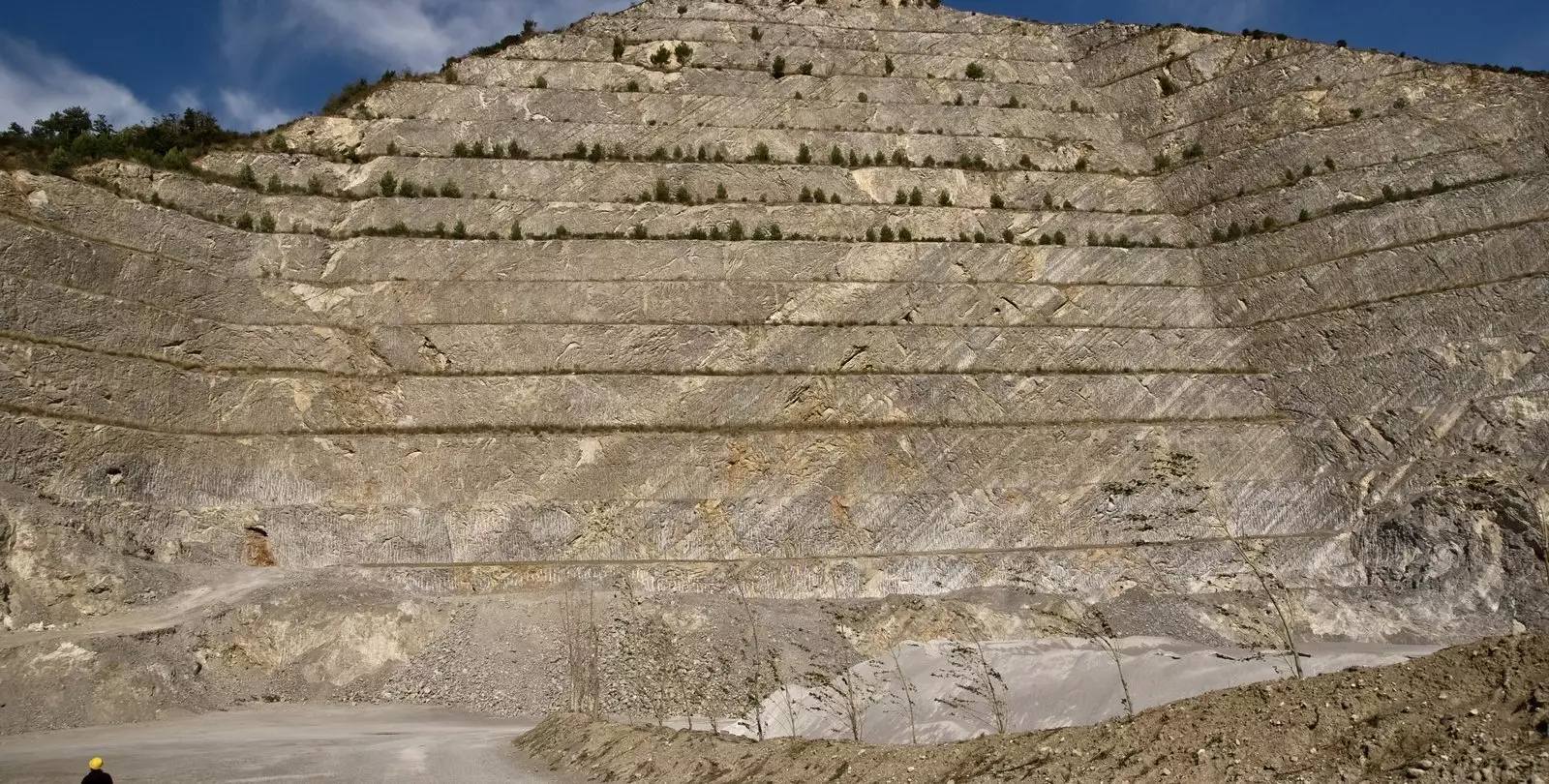Approximately 183 million years ago, volcanic activity in what is now South Africa released a massive amount of carbon dioxide into the ocean-atmosphere system. This event, known as the Toarcian Oceanic Anoxic Event (T-OAE), led to a significant lack of oxygen in the water, resulting in a mass extinction of marine species. The repercussions of this event can still be observed today and serve as a warning for the potential consequences of increased greenhouse gas emissions.
Since the industrial revolution, human activity has led to a substantial increase in carbon dioxide emissions. In fact, the cumulative CO2 emissions from the industrial revolution to present day represent 12% of the total CO2 released during the entire T-OAE, despite occurring in less than 0.1% of the time. This comparison highlights the rapid acceleration of CO2 emissions due to human activities and the potential impact it could have on marine ecosystems.
A recent study published in the Proceedings of the National Academy of Sciences sheds light on the extent of ocean anoxia during the T-OAE. Researchers collected samples of stratified limestone from southern Italy to assess the severity of ocean deoxygenation during this period. By analyzing the samples for uranium content and isotopic composition, scientists were able to infer the amount of anoxia in the ocean during the T-OAE.
Through careful modeling developed by researchers, it was determined that anoxia during the T-OAE peaked at 28 to 38 times the levels observed in the modern ocean. This significant increase in anoxia had devastating effects on marine life and serves as a cautionary tale for the potential consequences of continued CO2 emissions. The findings indicate that past OAE events can provide valuable insights into the impact of anthropogenic CO2 emissions on marine ecosystems.
As CO2 emissions continue to rise, the negative impacts on the ocean’s ecosystem become increasingly apparent. Without significant efforts to curb carbon emissions, marine ecosystems are at risk of facing severe consequences similar to those observed during the T-OAE. The research serves as a stark reminder of the importance of addressing climate change and reducing greenhouse gas emissions to protect marine life and preserve the health of our oceans.


Leave a Reply